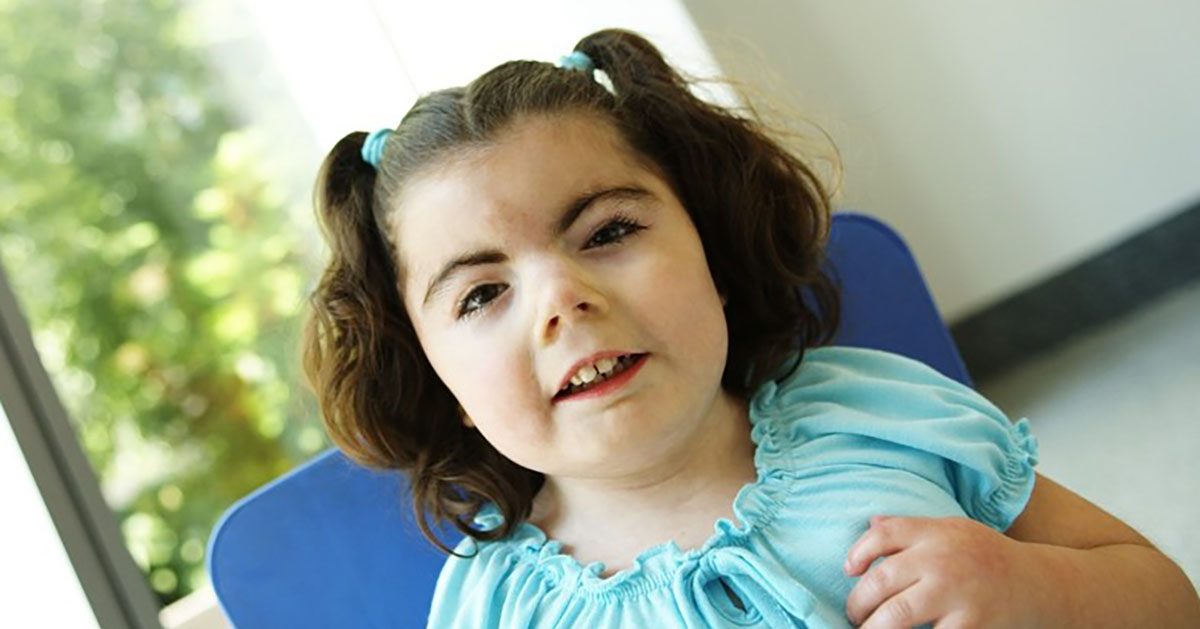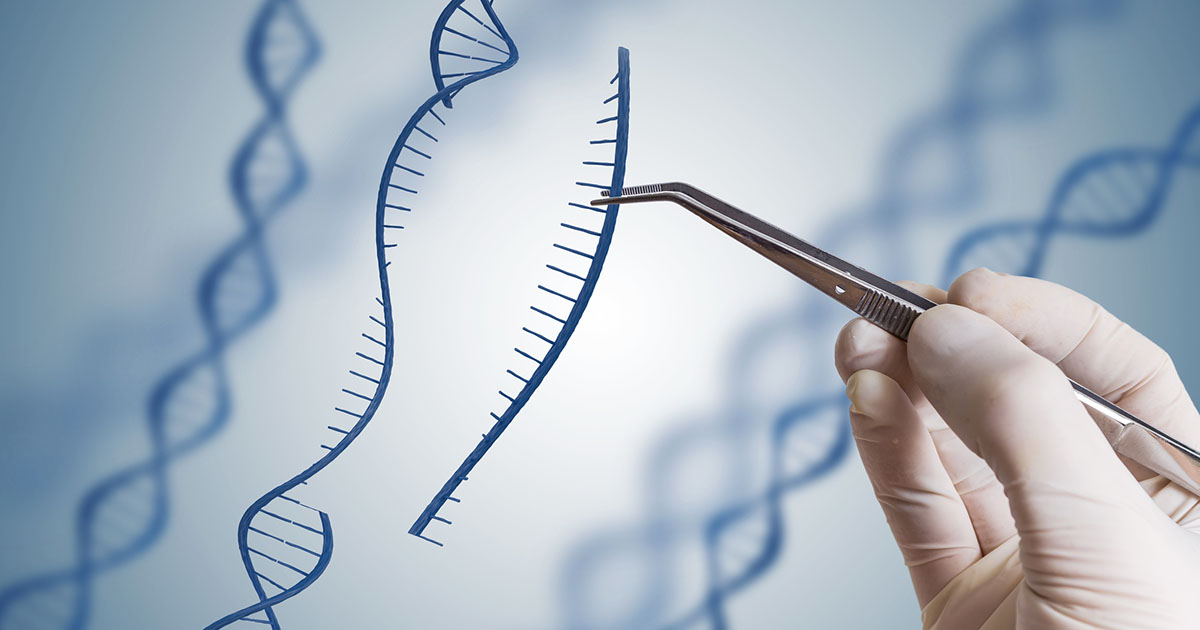Everything You Need To Know About Cornelia de Lange Syndrome
Congenital disorders are conditions present at birth, which means they cannot be 'caught' years later. The patients are born with it. There are some common congenital conditions, such as Down syndrome, cerebral palsy, cleft palate, and cystic fibrosis, and various hearing or sight-related conditions. Most individuals know at least a little bit about the common congenital disorders, even if this information is just the name of it. These conditions are also the most likely to have a charity raising research funds for the condition.
However, there are also quite a few rare congenital disorders out there. Unfortunately, many individuals have never even heard of them, let alone know anything else about them. One of these rare congenital disorders is Cornelia de Lange syndrome (CdLS). Start reading for everything patients should know about this syndrome, including what it is, as well as the causes, symptoms, treatment, and patient prognosis.
What Is Cornelia De Lange Syndrome?

As stated previously, Cornelia de Lange syndrome is a congenital disorder. Though it is present at birth, doctors may not always be able to diagnose it from birth. This disorder causes many medical, cognitive, and physical challenges for those who suffer from it. The symptoms and their severity vary widely but often include growth delays, limb defects, intellectual disabilities, and distinctive facial characteristics.
It is clear CdLS does not discriminate in who it affects, and is present in both genders equally, and can affect anyone of any race or ethnic background. The condition is named after a Dutch pediatrician, Cornelia Catharina de Lange, who first described it. Reports estimate CdLS occurs once in every ten thousand live births.
What Causes It?

Research reports estimate that sixty-five percent of all CdLS cases are the result of mutations in the Nipped-B-like protein (NIPBL) gene. The NIPBL gene is responsible for creating a protein known as delangin, which plays a key part in human development, including controlling chromosome activity during cell division and repairing damaged DNA. Mutations in one of the four following genes account for an additional five percent of CdLS cases. HDAC8, responsible for an enzyme called histone deacetylase 8, RAD21, part of the cohesin complex, a protein group that holds the sister chromatids together, as well as SMC1A or SMC3, which are part of the structural maintenance of chromosomes (SMC) gene family.
Unfortunately, research has also shown in thirty percent of CdLS patients, the genetic cause of the disorder is currently unknown. Additionally, although Cornelia de Lange syndrome can be inherited, almost all cases are the result of new mutations in individuals with no family history of this disorder.
